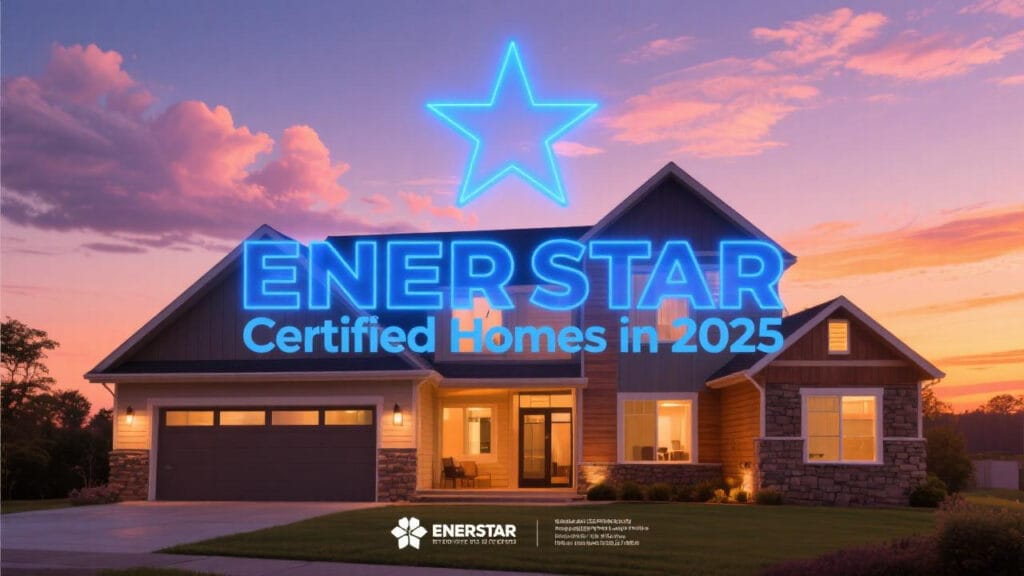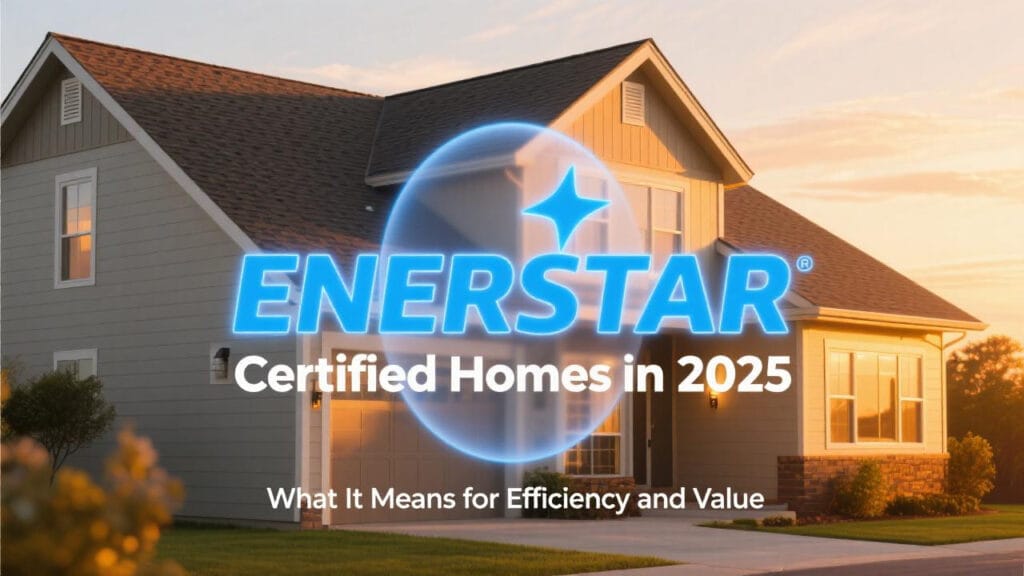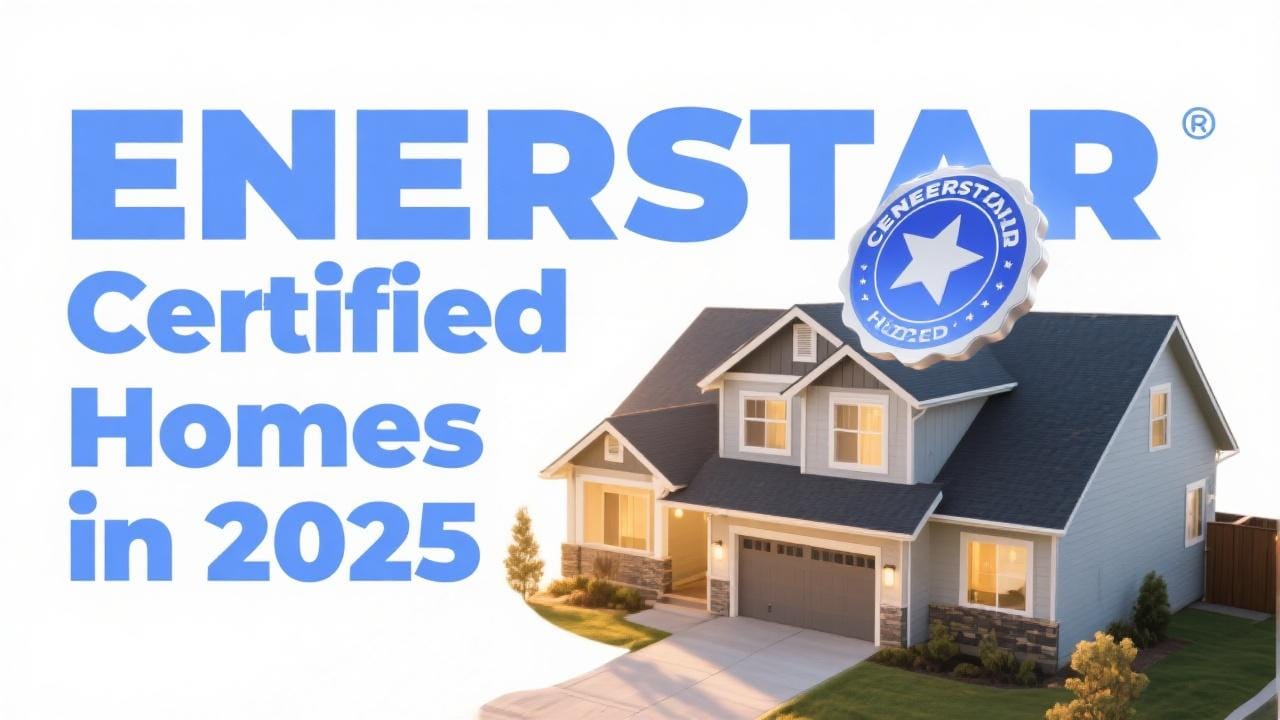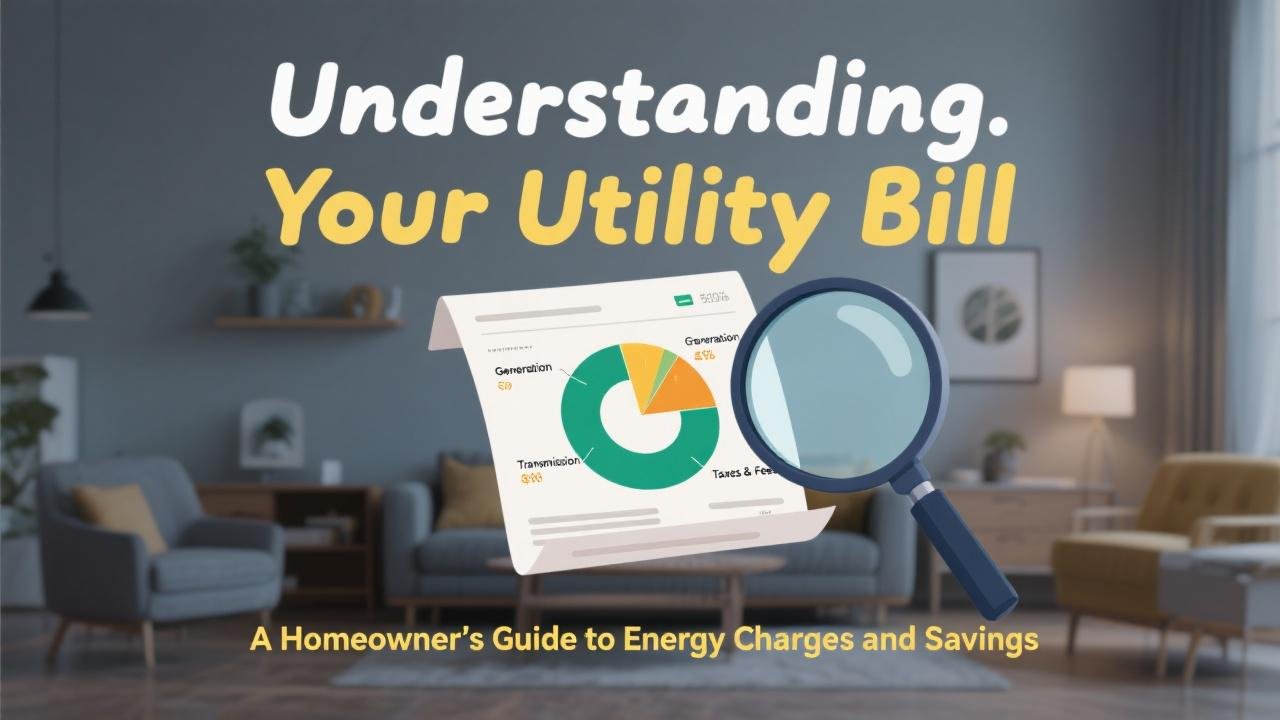A Blueprint for a Better Home
In an era where energy costs are a significant household expense and environmental consciousness is paramount, homeowners and homebuyers in 2025 are increasingly seeking properties that promise efficiency, comfort, and long-term value. The ENERGY STAR Certified Home label has become a trusted symbol, indicating that a new home (or a substantially renovated one) has been designed and built to standards well above most other homes on the market, delivering quantifiable energy savings and a host of other benefits. This guide explores what it means for a home to be ENERGY STAR certified in 2025 and why it’s a smart choice for today’s discerning buyer.
What is an ENERGY STAR Certified Home?
An ENERGY STAR Certified Home is not just about having a few efficient appliances. It’s a home that has been independently verified to meet rigorous energy efficiency guidelines set by the U.S. Environmental Protection Agency (EPA). These homes are designed and built to be at least 10% more energy-efficient than homes built to minimum local energy codes, and typically 20-30% more efficient than standard new homes.
The certification process involves :
* Energy-Efficient Design: Using advanced framing techniques, high-performance windows, and optimized insulation.
* Complete Thermal Enclosure System: Comprehensive air sealing, quality insulation, and high-performance windows to minimize drafts and energy loss.
* High-Efficiency HVAC System: A properly sized and installed heating, ventilation, and air conditioning (HVAC) system that is energy-efficient.
* Efficient Lighting and Appliances: Often includes ENERGY STAR certified lighting fixtures and appliances.
* Independent Inspections and Testing: Third-party energy rating professionals conduct on-site inspections and diagnostic tests (like blower door tests) to verify that the home meets all ENERGY STAR requirements.

Key Benefits of Owning an ENERGY STAR Certified Home in 2025:
- Lower Utility Bills:
- This is often the most immediate and noticeable benefit. ENERGY STAR certified homes use less energy for heating, cooling, and water heating, leading to significantly lower monthly utility bills. On average, these homes can save homeowners hundreds of dollars annually compared to standard homes.
- Enhanced Comfort:
- Thanks to a complete thermal enclosure system, comprehensive air sealing, and high-performance windows, these homes offer more consistent temperatures throughout, with fewer drafts and cold spots. They also often have better humidity control.
- Improved Indoor Air Quality:
- A tightly sealed home envelope helps reduce the infiltration of outdoor pollutants, dust, and allergens. Many ENERGY STAR certified homes also incorporate mechanical ventilation systems to ensure a constant supply of fresh, filtered air.
- Increased Durability and Reduced Maintenance:
- The focus on quality construction techniques and materials can lead to a more durable home with fewer maintenance issues related to moisture, pests, or system breakdowns.
- Environmental Protection:
- By using less energy, ENERGY STAR certified homes generate fewer greenhouse gas emissions, helping to protect the environment and combat climate change.
- Higher Resale Value:
- Energy efficiency is an increasingly desirable feature for homebuyers. ENERGY STAR certification can enhance a home’s marketability and potentially increase its resale value. The ENERGY STAR label is a trusted, government-backed symbol of energy efficiency.
- Peace of Mind:
- Independent verification and testing provide assurance that your home was built to high energy performance standards.
How a Home Earns the ENERGY STAR Label in 2025:
The path to ENERGY STAR certification involves a partnership between the builder, a Home Energy Rater (a certified energy professional), and sometimes an HVAC contractor.
1. Design Phase: The builder works with the Rater to ensure the home’s design meets ENERGY STAR specifications.
2. Construction Phase: The Rater conducts on-site inspections and diagnostic tests during construction to verify proper installation of insulation, air sealing measures, and HVAC equipment.
3. Final Inspection and Testing: After construction is complete, the Rater performs a final set of tests, including a blower door test to measure air leakage and duct leakage tests (if applicable).
4. Certification: If the home meets all requirements, it earns the ENERGY STAR label.

Finding ENERGY STAR Certified Homes or Builders:
- ENERGY STAR Website: The EPA’s ENERGY STAR website often has resources to find participating builders or certified new homes in your area. You can also find lists of certified products like heat pumps and windows that contribute to a home’s overall efficiency.
- Builder Marketing: Builders who construct ENERGY STAR certified homes will typically advertise this feature prominently.
- Real Estate Listings: Look for ENERGY STAR certification in property listings.
ENERGY STAR and Home Upgrades (Home Performance with ENERGY STAR):
While the “ENERGY STAR Certified Home” label primarily applies to new construction (or gut rehabs), existing homeowners can also leverage ENERGY STAR principles through the Home Performance with ENERGY STAR program. This program connects homeowners with specially trained contractors who conduct comprehensive home energy audits and recommend whole-house energy efficiency improvements. Making these upgrades can significantly improve your existing home’s performance, comfort, and reduce energy bills, often achieving results similar to those of a certified new home. (URL:
A Standard for Smarter Living
In 2025, choosing an ENERGY STAR Certified Home is a smart investment in your future. It means selecting a home that is built to be more energy-efficient, comfortable, durable, and environmentally responsible from day one. The rigorous design, construction, and verification process ensures that these homes deliver tangible benefits in the form of lower utility bills and enhanced living quality. Whether you’re buying new or planning a major renovation, look for the ENERGY STAR label as a trusted indicator of superior energy performance and lasting value. Improving home energy efficiency is a foundational step that complements other clean energy solutions, such as those explored on platforms like EnergySage.



